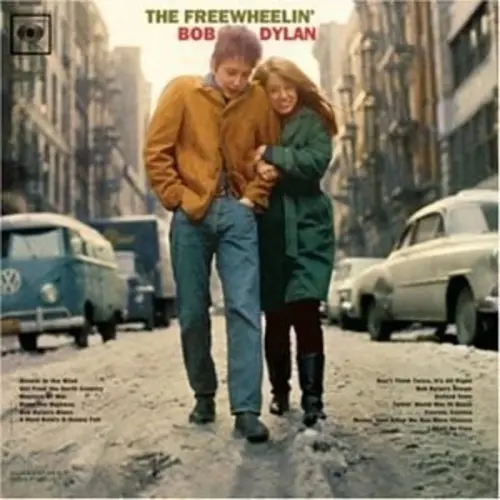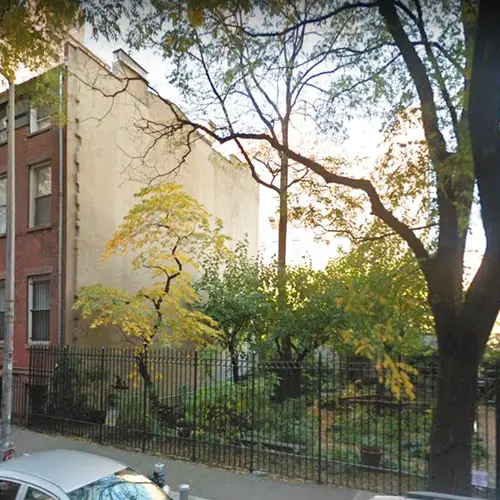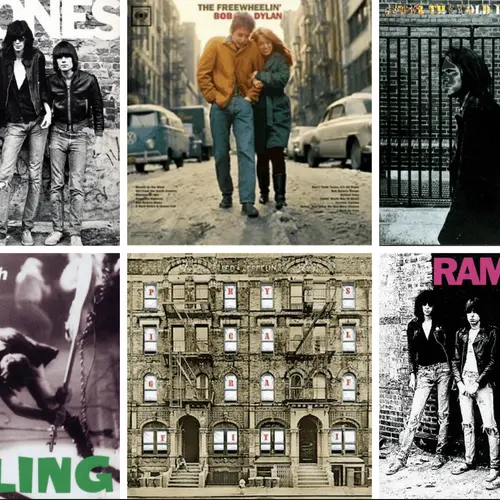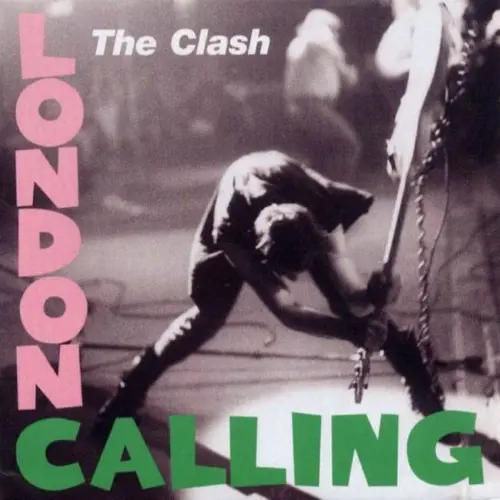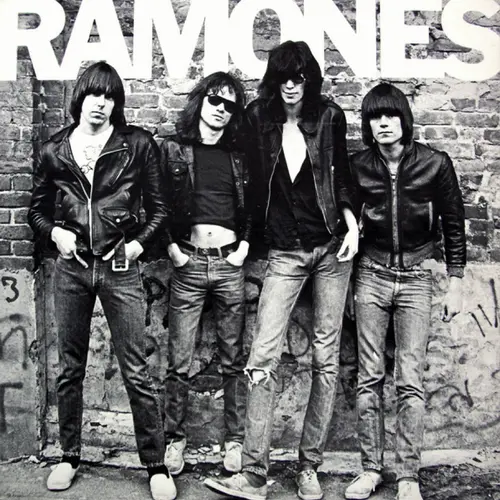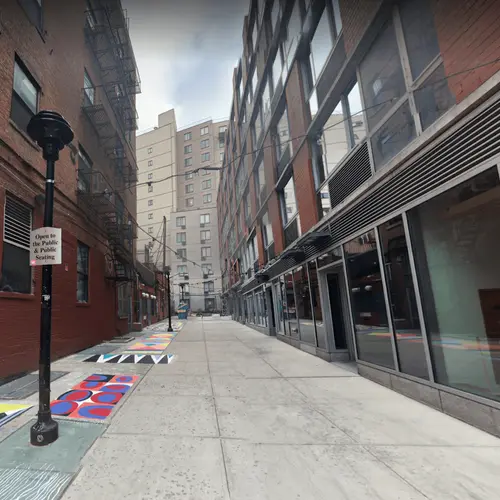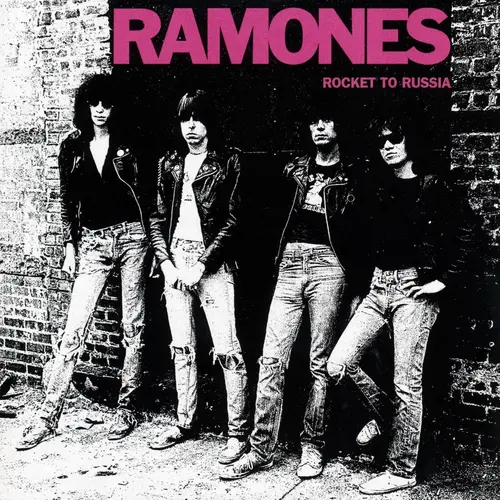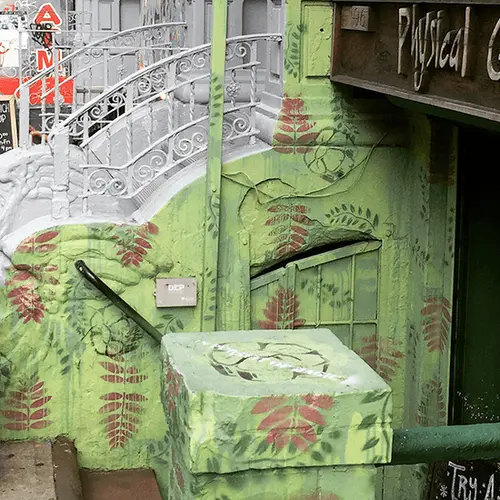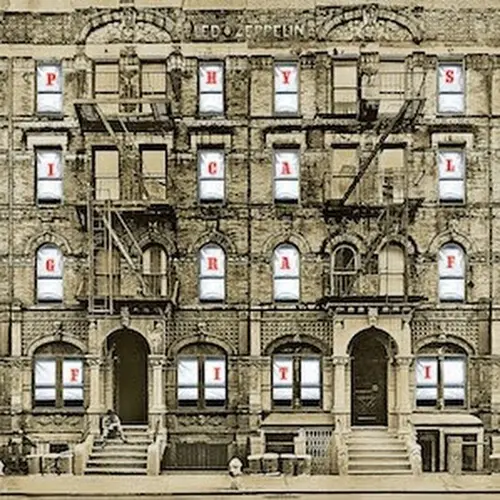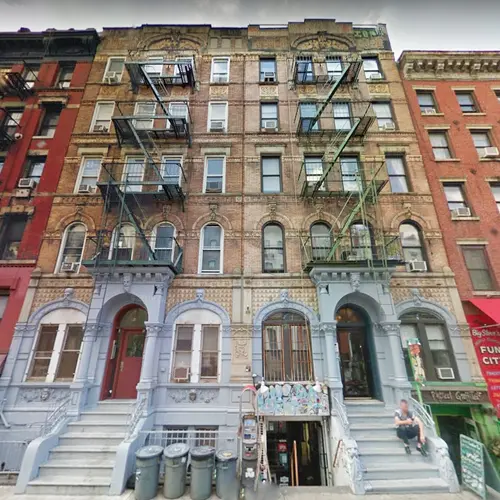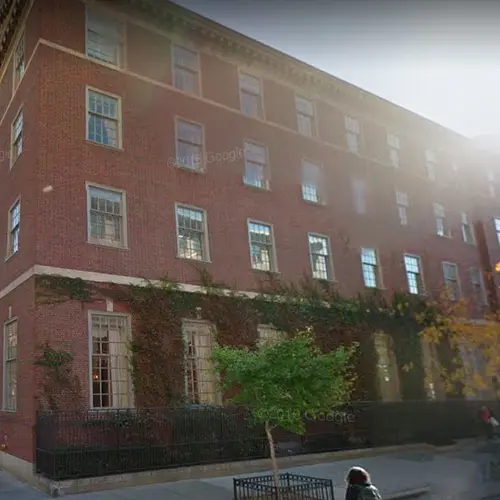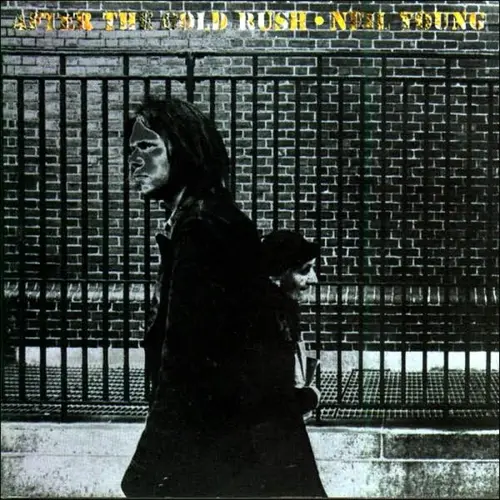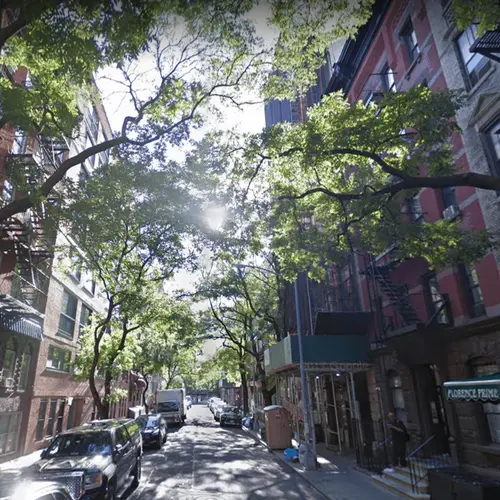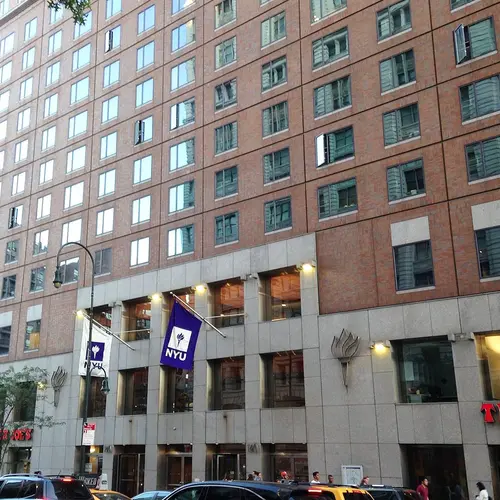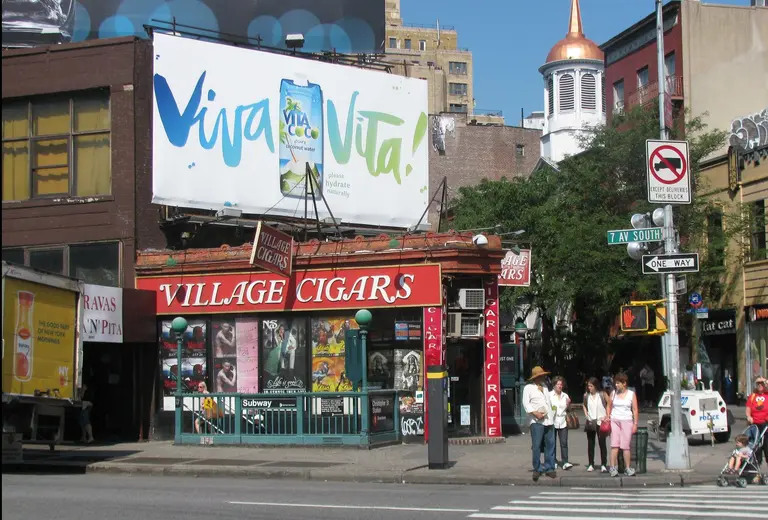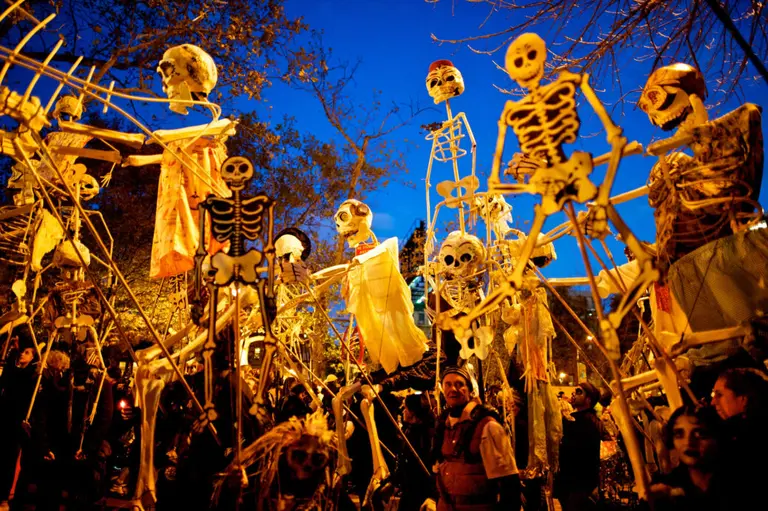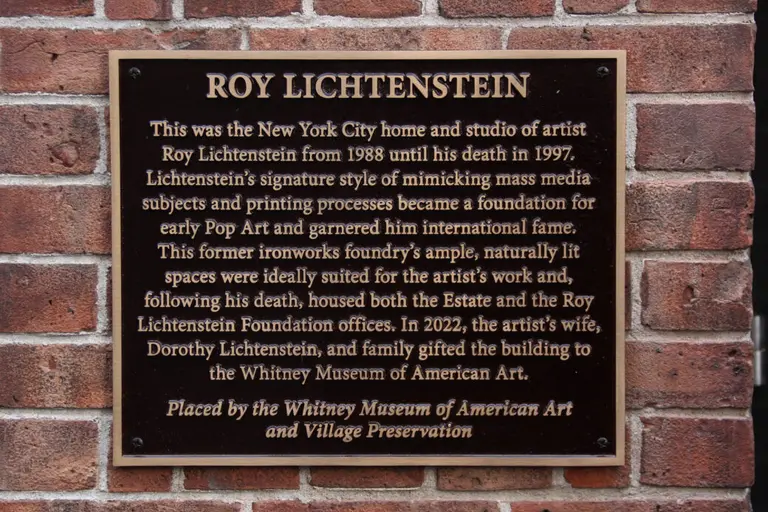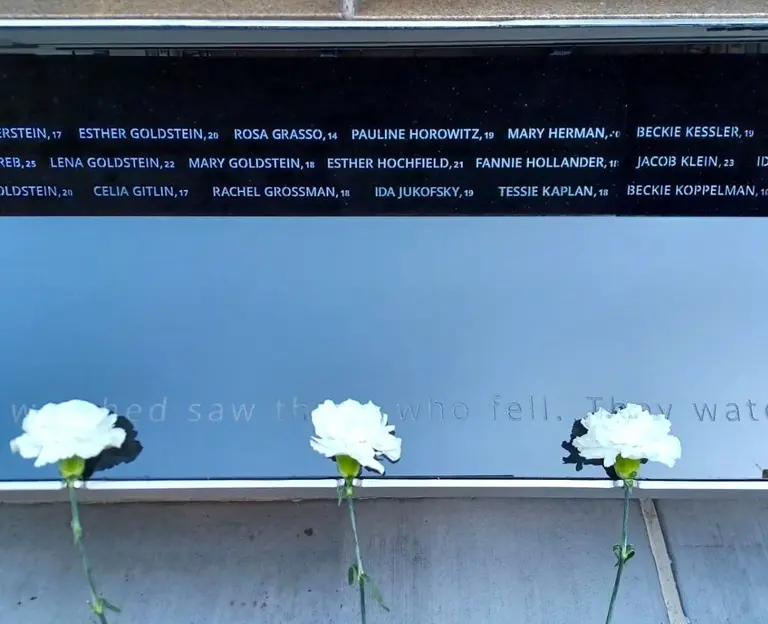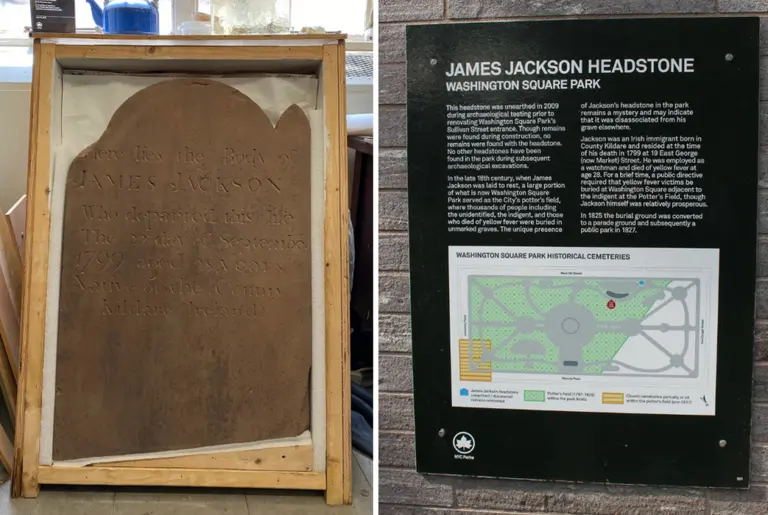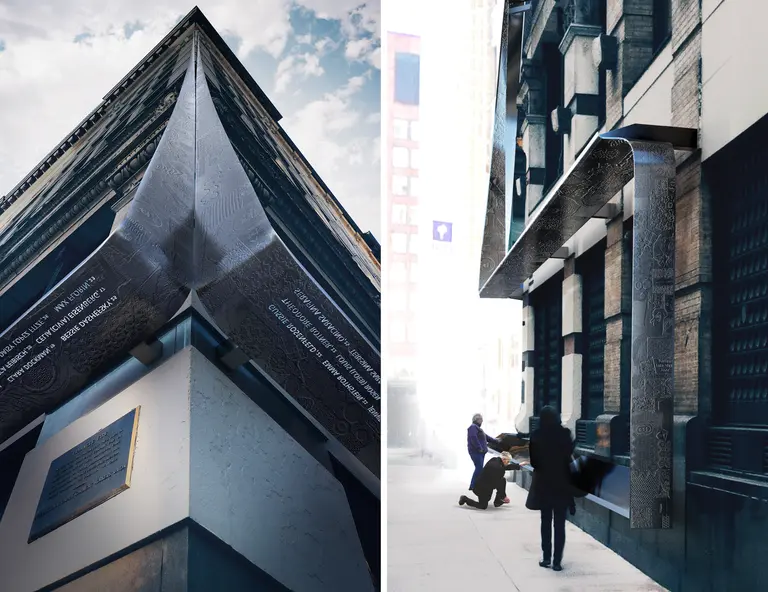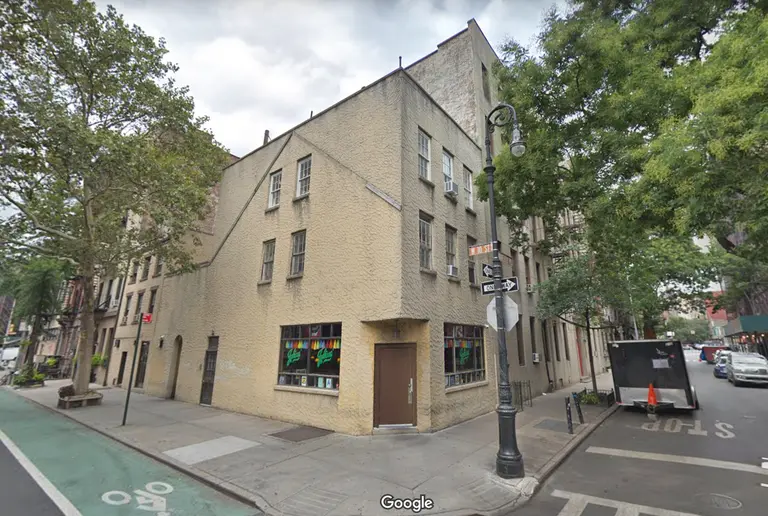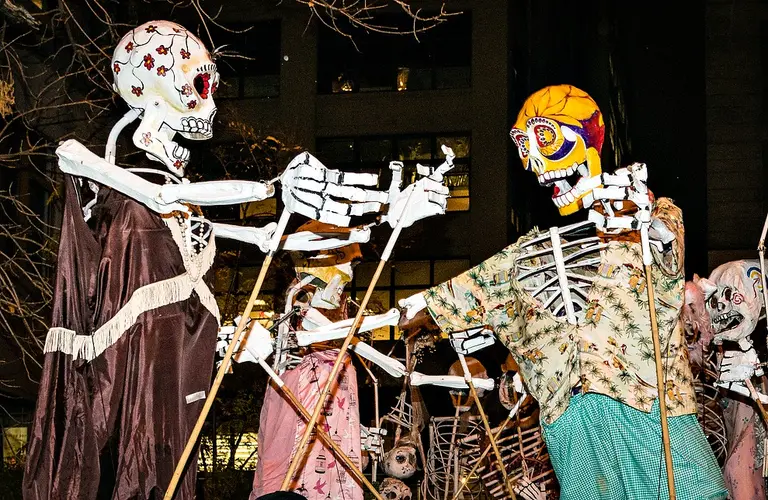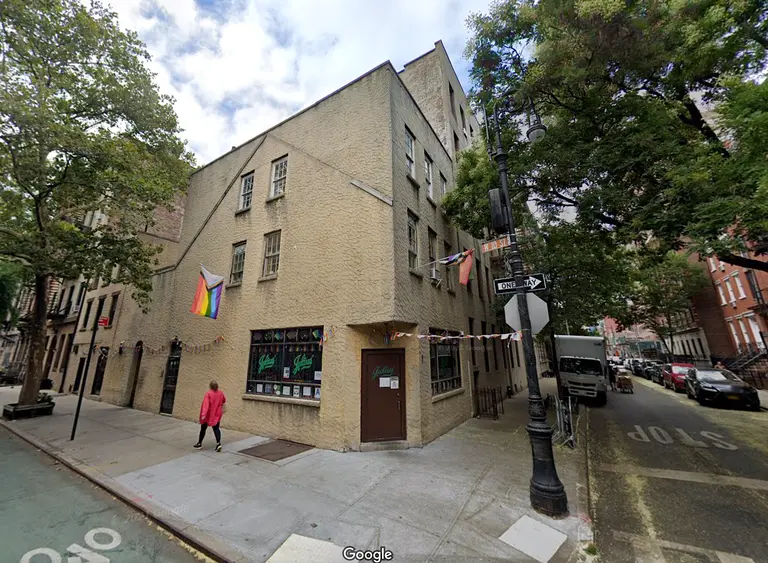Iconic album covers of Greenwich Village and the East Village: Then and now
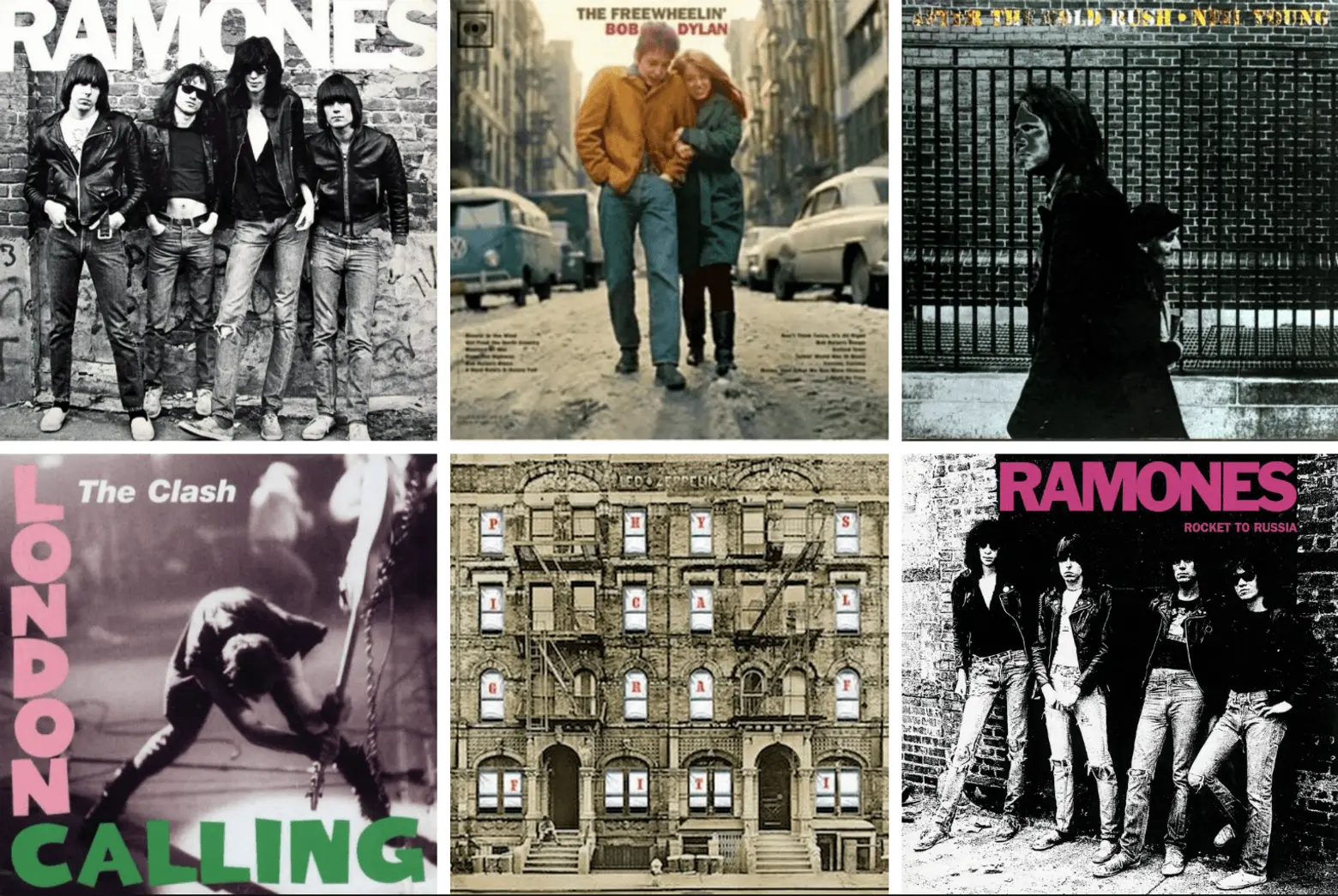
There’s no shortage of sites in the Village and East Village where great makers of popular music lived or performed. Less well known, however, are the multitude of sites that were the backdrop for iconic album covers, sometimes sources of inspiration for the artists or just familiar stomping grounds. Today, many are hiding in plain sight, waiting to perform an encore for any passersby discerning enough to notice. Ahead, we round up some of the most notable examples, from “The Freewheelin’ Bob Dylan” to the Ramones’ self-titled debut album.
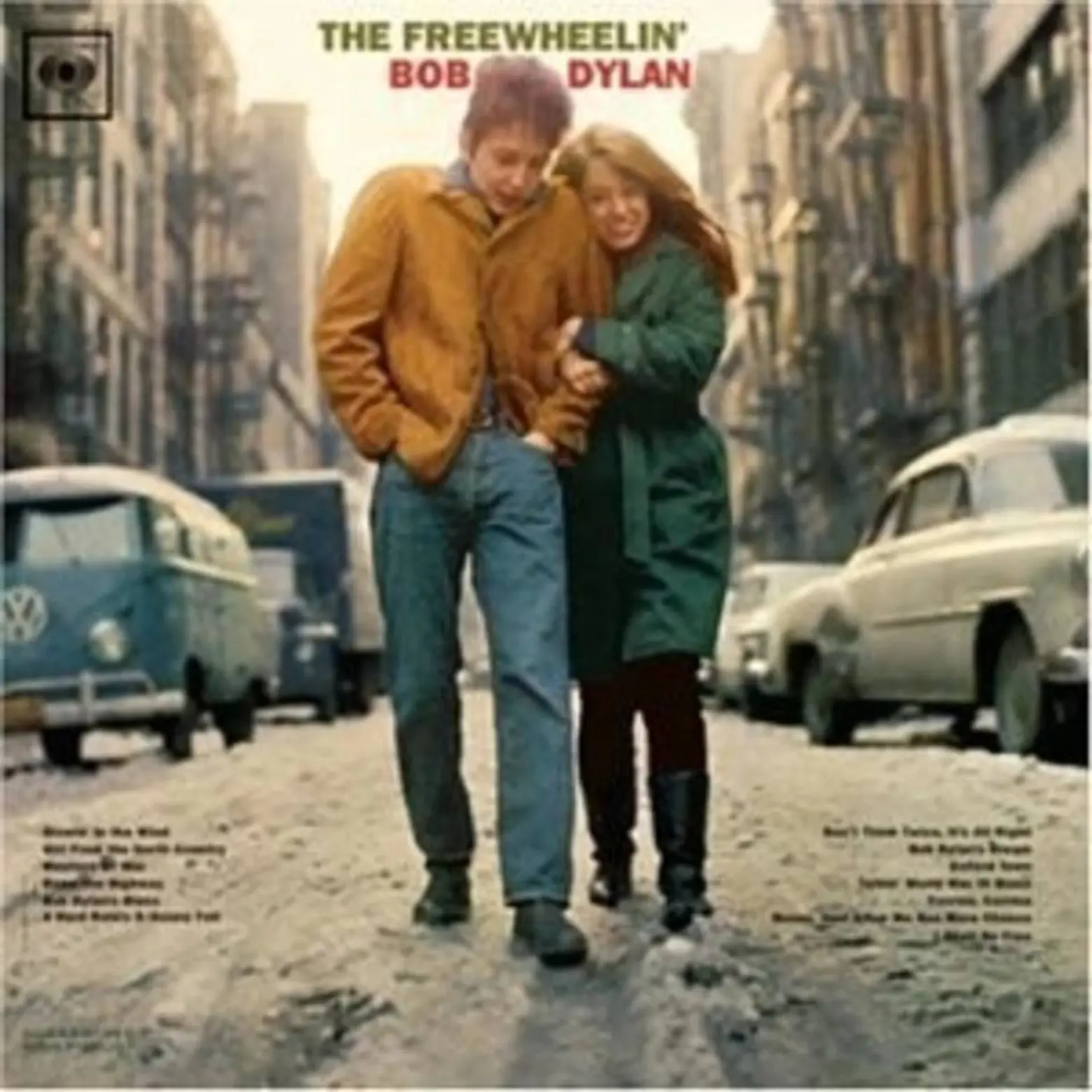
“The Freewheelin’ Bob Dylan” via Wiki Commons
Perhaps few album covers are more closely associated with Greenwich Village than that of 1963’s “The Freewheelin’ Bob Dylan.” The folk masterpiece containing “Blowin’ in the Wind,” “A Hard Rain’s A-Gonna Fall,” and “Don’t Think Twice, It’s All Right” transformed Dylan into an icon of the burgeoning counterculture. Helping to elevate Dylan was the image of him earnestly walking down a frozen Jones Street with then-girlfriend Suze Rotolo on his arm, seemingly ready to take on the world.
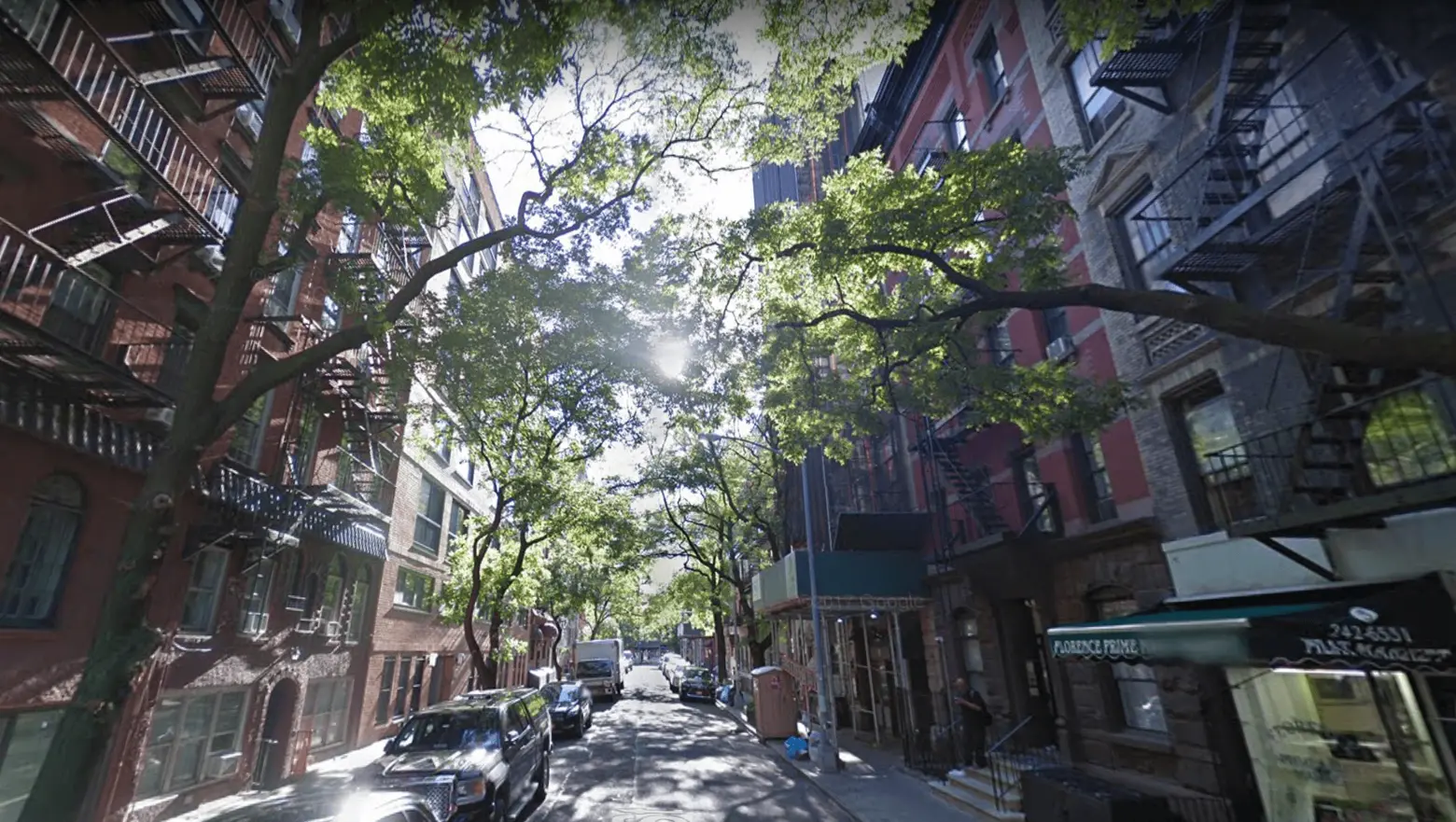
Google Street View of Jones Street today
Jones Street was landmarked in 2010 as part of the South Village Historic District, and thus the tiny one-block street still looks pretty much the same as it did on the album cover, albeit with less snow, fewer VW buses, and more street trees (there were apparently none in 1963).
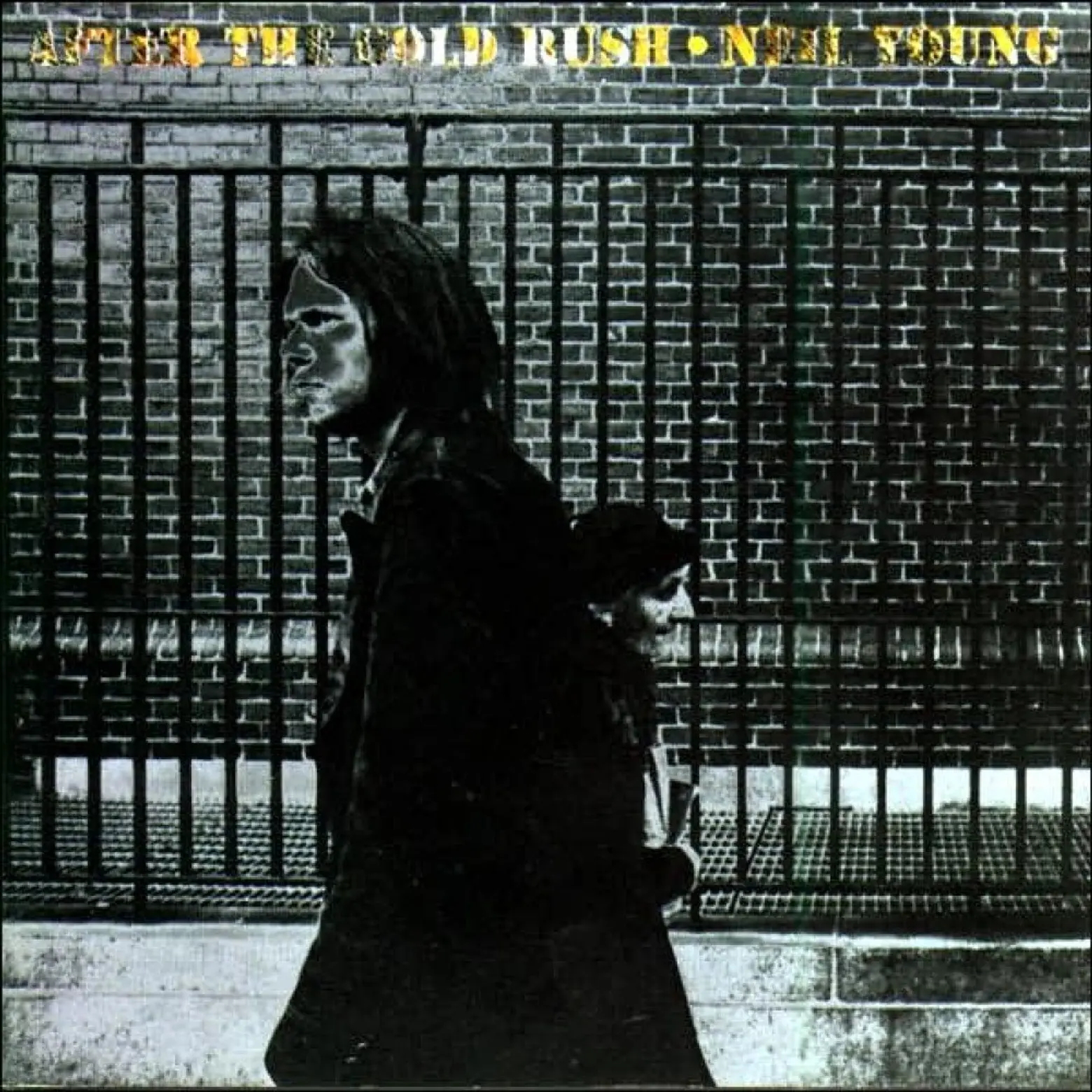
“After the Gold Rush” via Wiki Commons
Another ’60s and ’70s counterculture icon, Neil Young also left his mark on the Village with the cover of 1970’s “After the Gold Rush.” Coming off the success of Crosby, Stills, Nash & Young’s “Déjà Vu,” the album and its tracks “Only Love Can Break Your Heart” and “Southern Man” came to define Young and his distinctive proto-grunge sound. The steely black-and-white image of him on the album cover, silently crossing paths with an elderly woman in front of a brick wall, iron fence, and metal grates was perhaps surprisingly shot on the MacDougal Street side of NYU’s Vanderbilt Hall Law School, an uncharacteristically innocuous-looking structure built by the university in 1949.
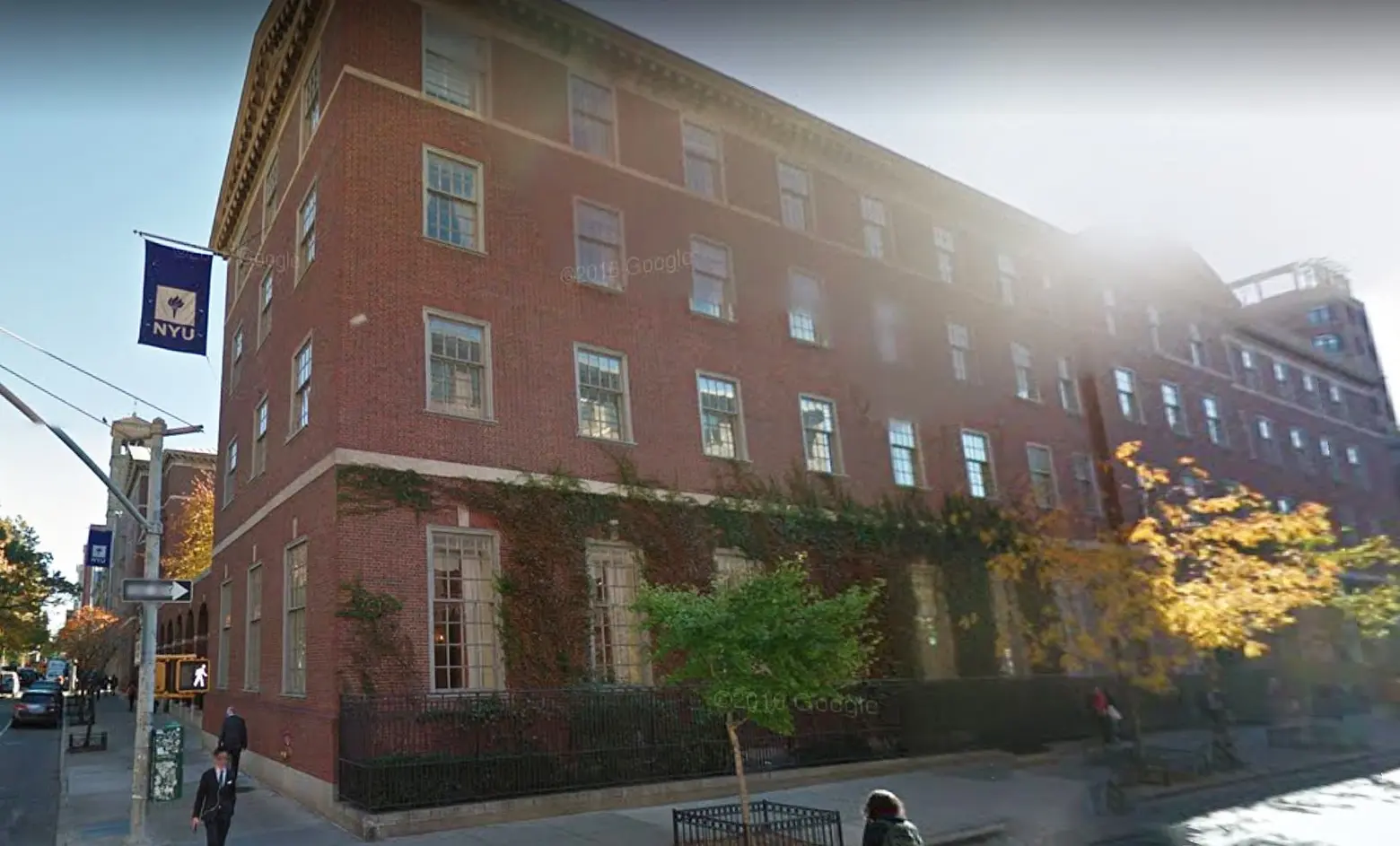
Google Street View of Vanderbilt Hall’s MacDougal Street facade
Similar to Jones Street, this building was included in the 2013 South Village Historic District extension and will, therefore, remain preserved.
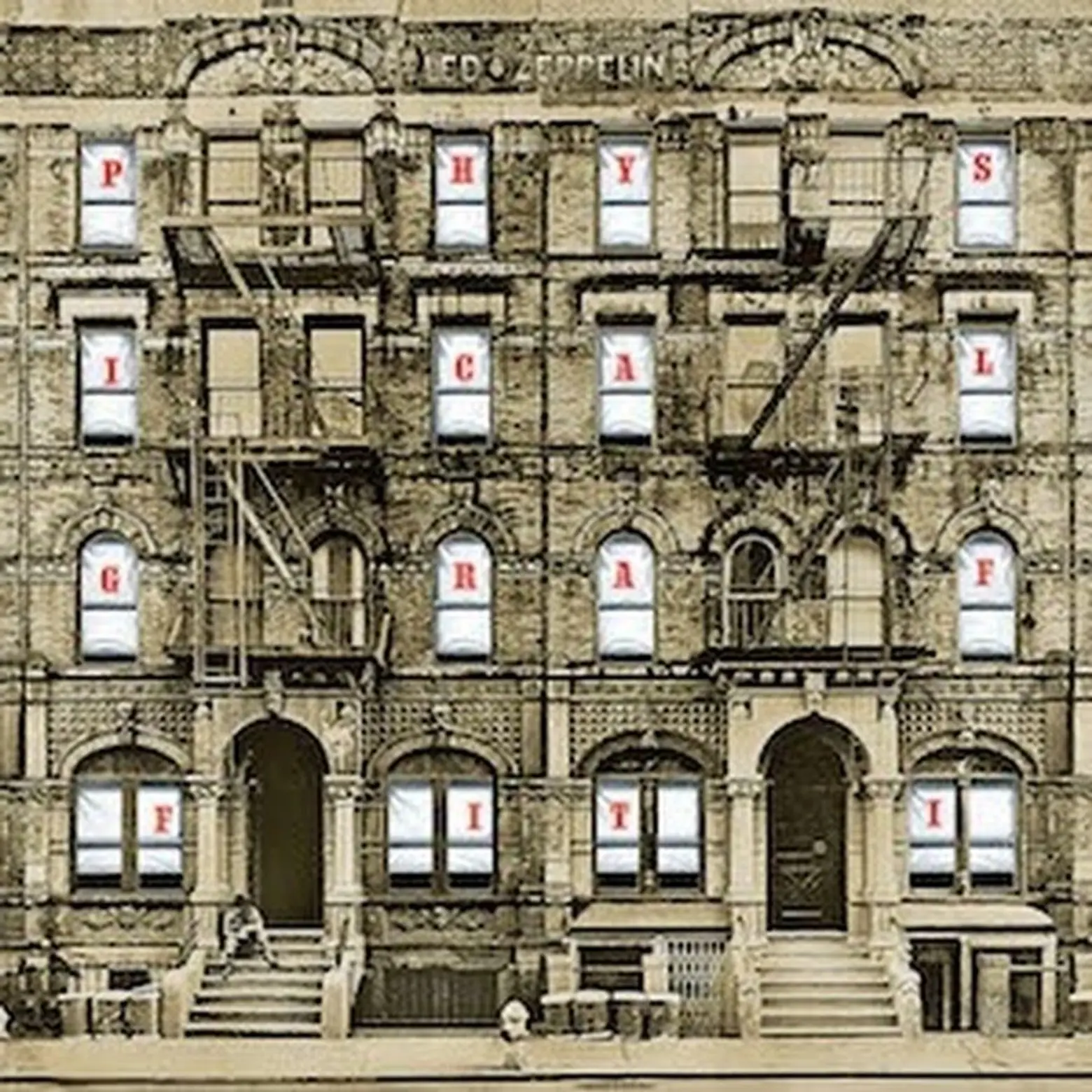
“Physical Graffiti” via Wiki Commons
A few years later and a few blocks east, Led Zeppelin chose the twin “dumbbell” or old-law tenements at 96 and 98 St. Mark’s Place as the backdrop for one of the most memorable (and expensive) album covers in rock and roll history, 1975’s “Physical Graffiti.” The 1890 structures appear on the album cover with their windows cut out, exposing the inner sleeve which had the album’s name on the front and images of Elizabeth Taylor, Lee Harvey Oswald, and the band in drag on the back.
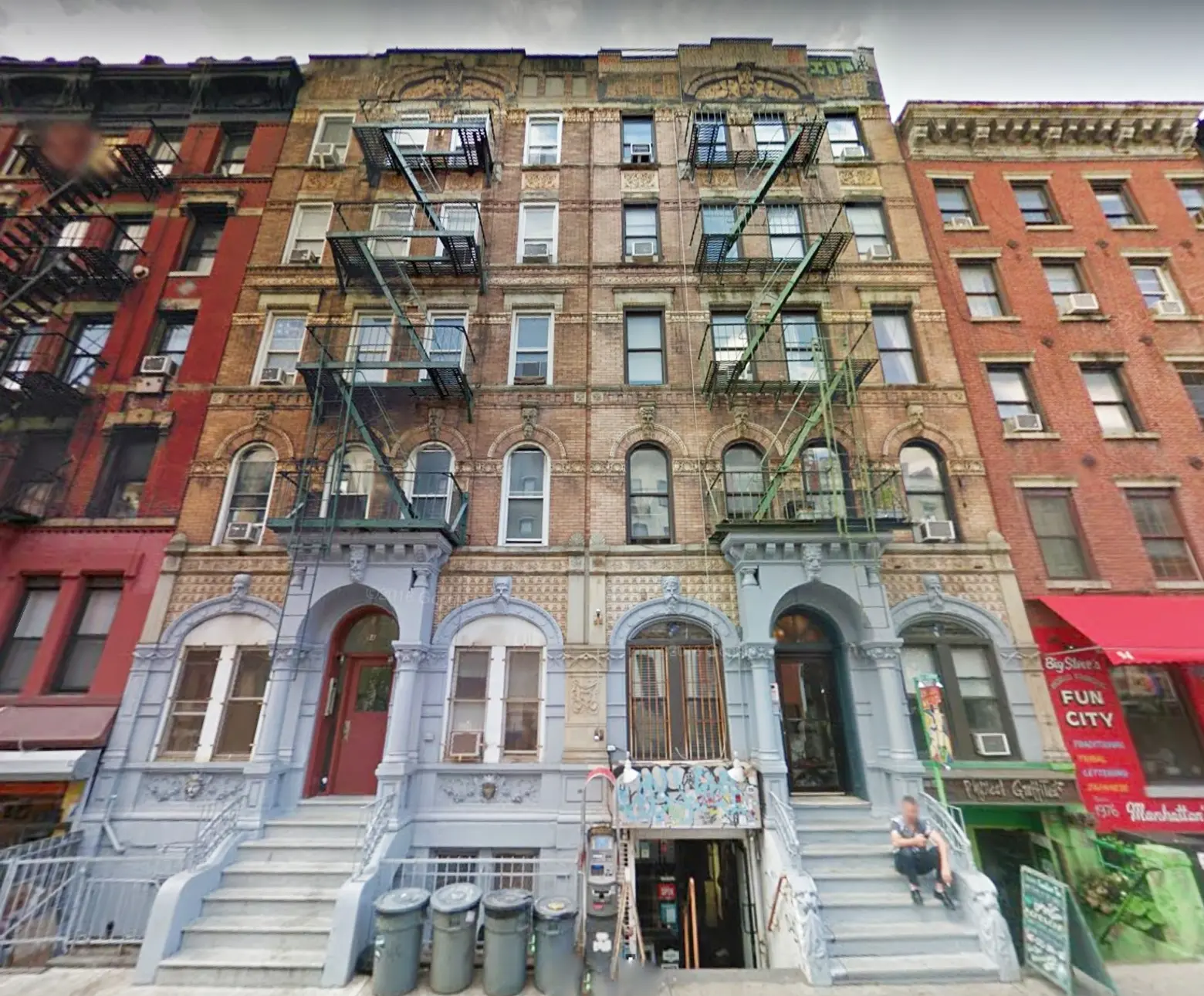
Google Street View of 96 and 98 St. Mark’s Place today
The buildings survive more or less as they did 40 years ago, but might appear perplexingly different than in the iconic cover art. That’s because to fit the buildings on the square album cover, one floor was removed and the top of the building was cropped out to obscure that the cornice had been removed. And of course, the “Led Zeppelin” which appears in the architectural detailing in the crown of the building on the album cover is not found in the real-life version.
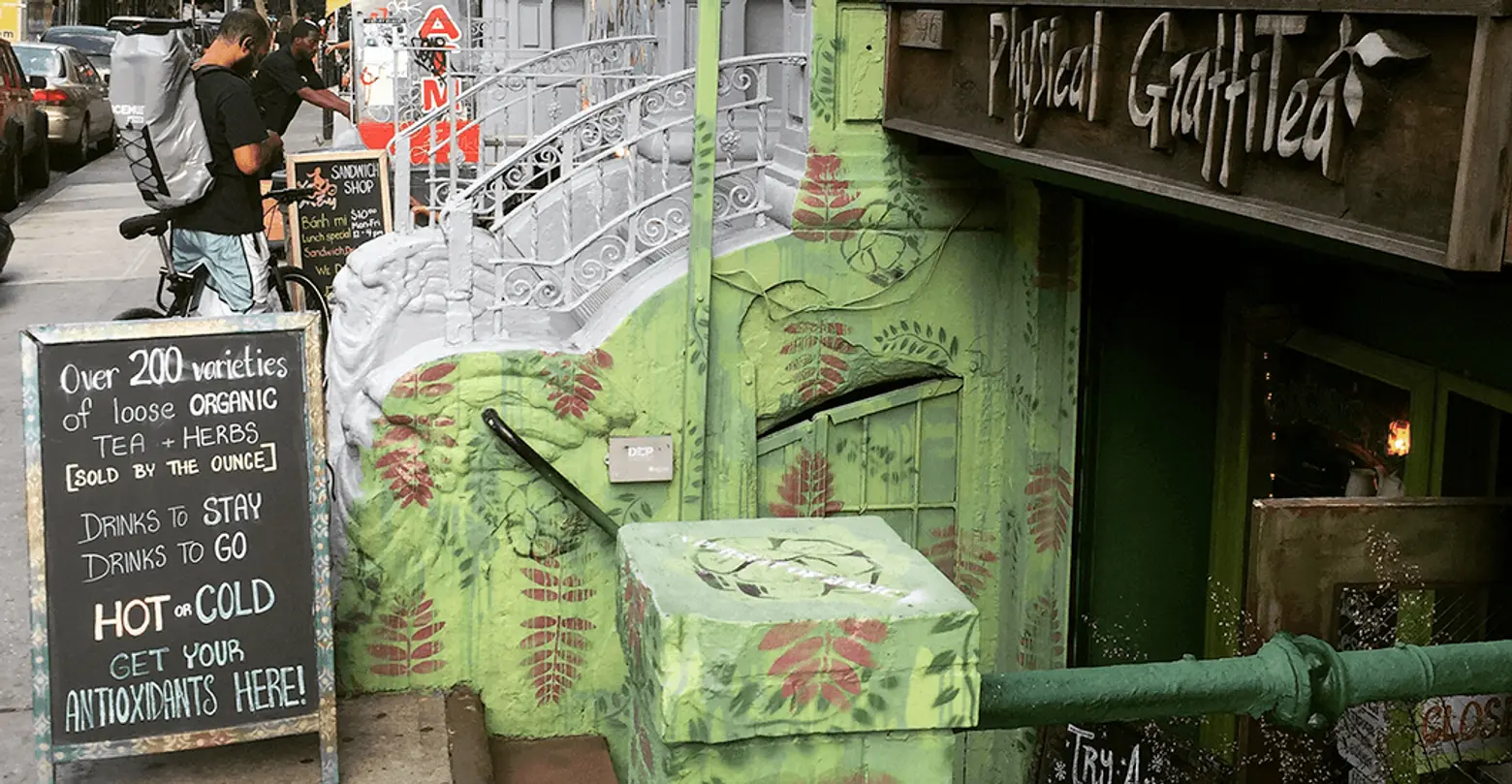
Photo via Physical Graffitea
However, the building’s place in the pantheon of hard rock is noted, perhaps somewhat ironically, by the ground-floor herb and tea purveyor Physical Graffitea (which replaced a longtime used clothing story named, simply, Physical Graffiti).

“Rocket to Russia” via Wiki Commons
Of course, no survey of East Village album covers would be complete without including quintessential Bowery band and punk pioneers The Ramones. In addition to serving as a launching pad for the band’s career and home to most of its members, the East Village was also the backdrop for two of the Ramones’ most beloved album covers. The cover of 1978’s “Rocket to Russia” was shot on anachronistic Extra Place, the back alley off 1st Street behind CBGB.
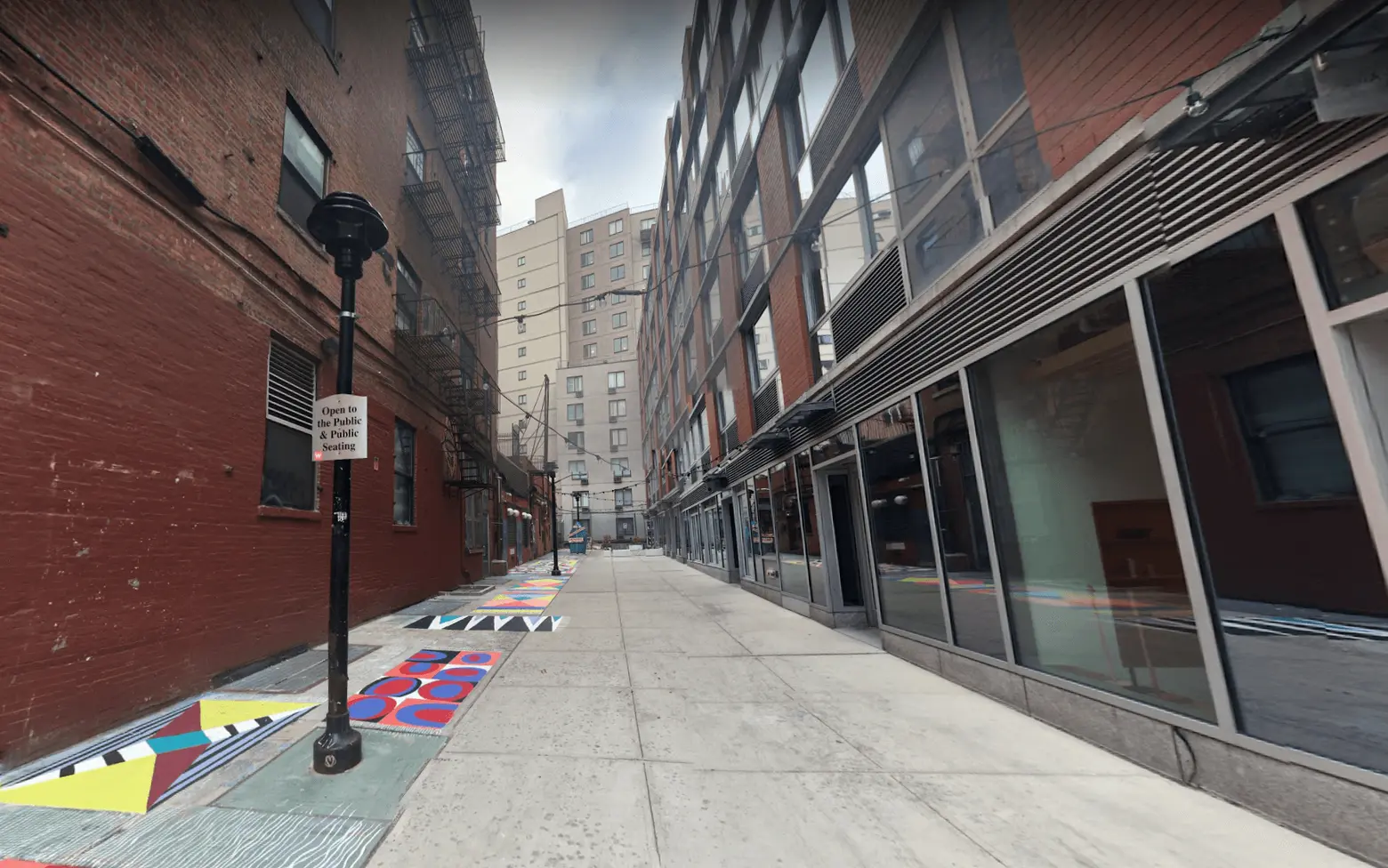
Looking down Extra Place today, via Google Street View
The wall the band members slouched against for the cover shot is still there, but the other side of the alley was unrecognizably transformed a decade ago with the construction of the Avalon Bowery Place apartment complex on its east side.
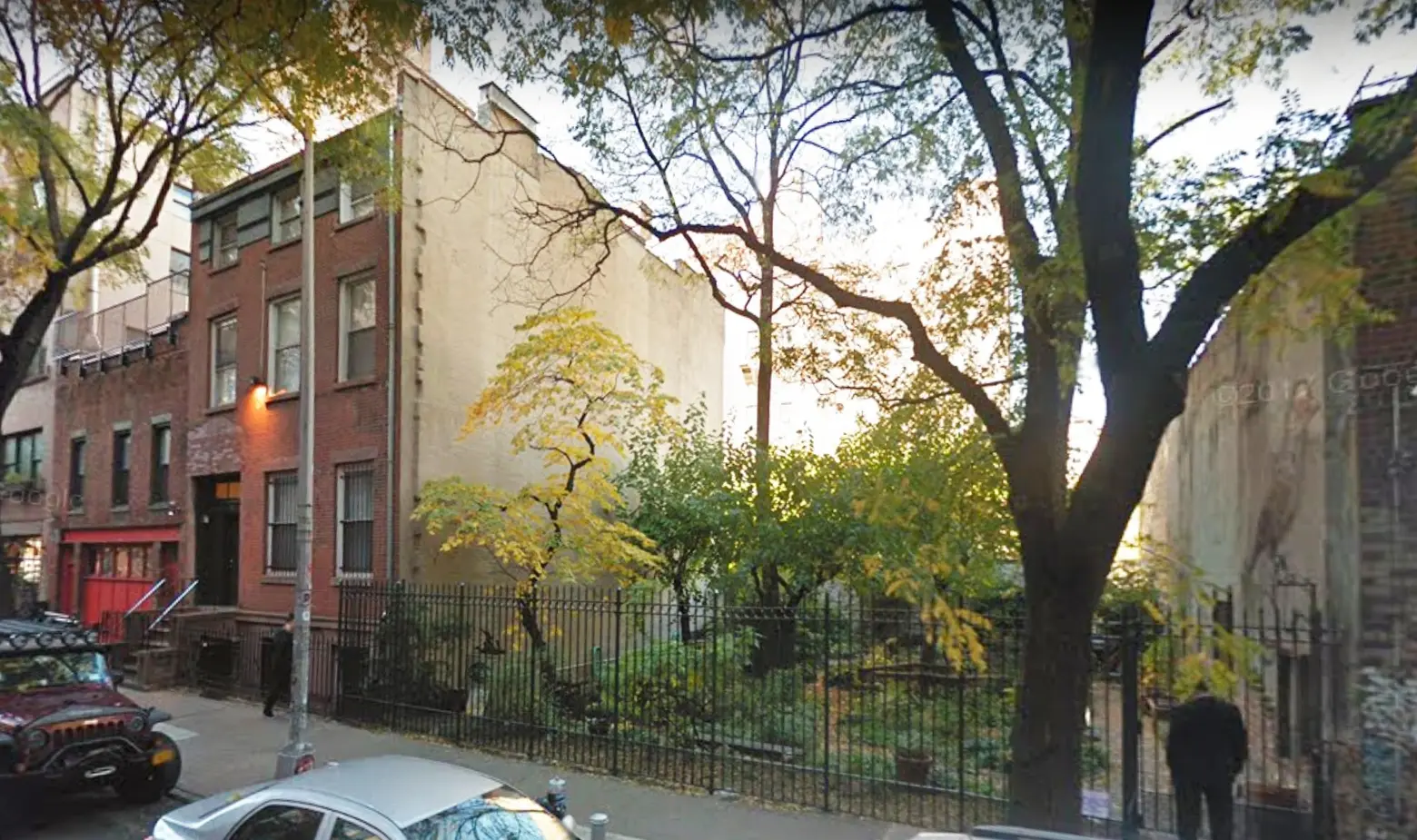
Albert’s Garden with 14 East 2nd Street to its left, via Google Street View
The other brick wall the Ramones shot into rock and roll history is the east-facing sidewall of 14 East 2nd Street, between the Bowery and 2nd Avenue, just around the corner from CBGB’s. It was against that wall in a community garden known as Albert’s Garden that the band members gathered in 1976 for the photo session for their self-titled debut album, which changed the course of music history by unleashing the first punk album upon the world.
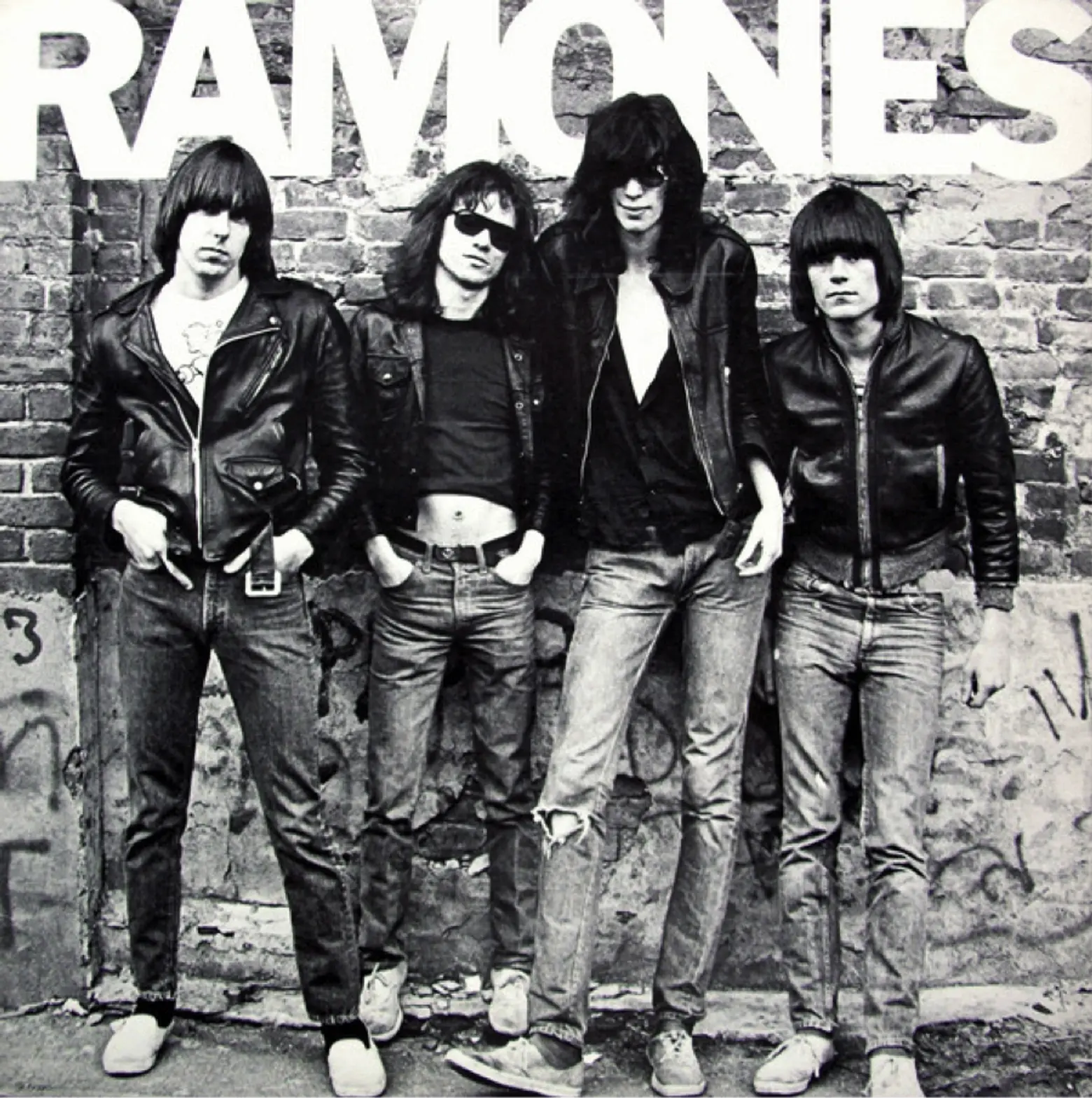
“Ramones” via Wiki Commons
That image, of the band in skinny ripped jeans, leather jackets, and dark glasses leaning against a graffiti-covered brick wall, was every bit as revolutionary and transformative as the one of Dylan meandering down Jones Street just a few blocks away and a few short years earlier.
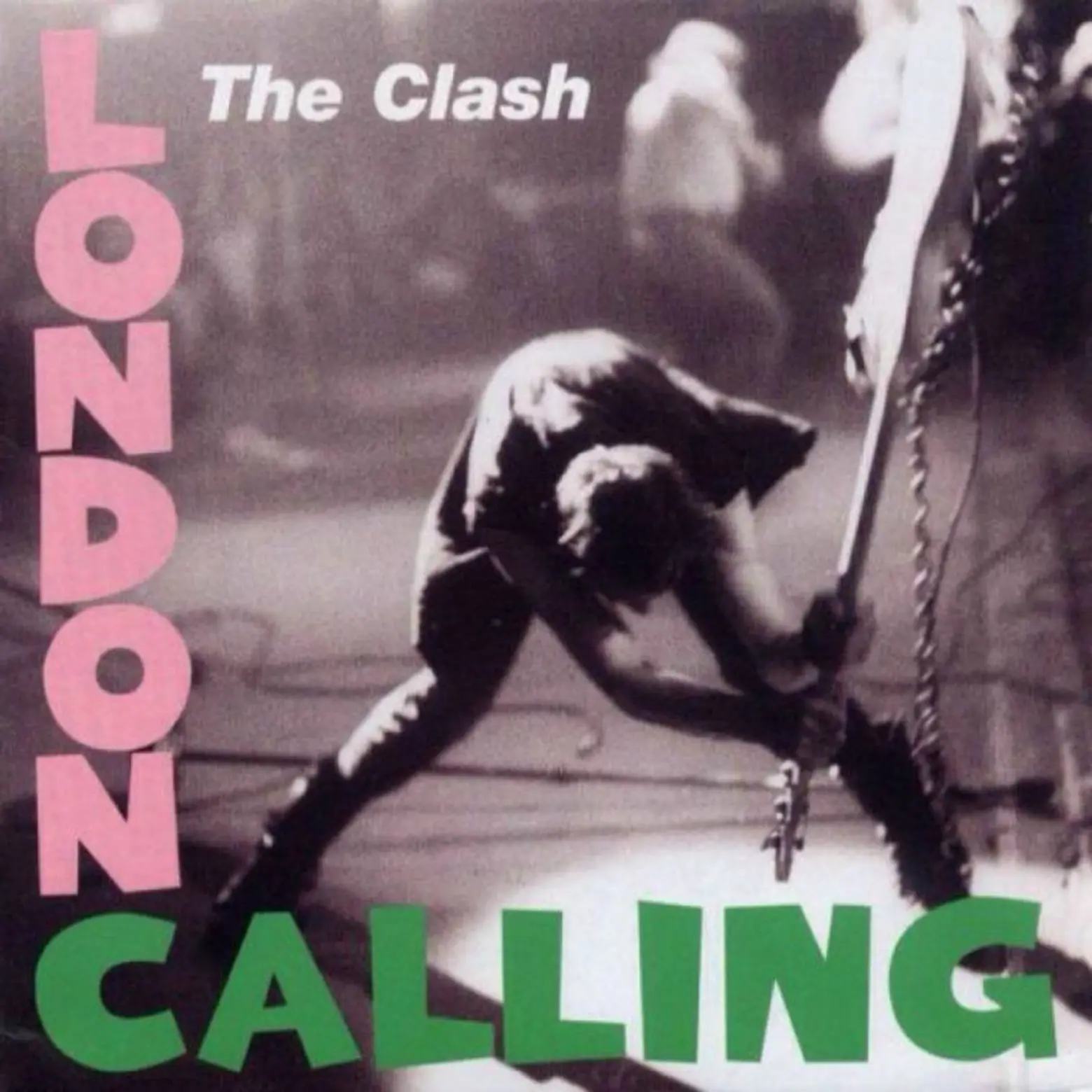
“London Calling” via Wiki Commons
Of course, the Ramones were not the only punk band inspired by the East Village, and theirs is not the only epochal punk album cover shot there. Perhaps equally iconic is the cover of the Clash’s “London Calling,” showing Paul Simonon smashing his bass guitar on a stage during a performance. While the album title may harken back across the pond to the Clash’s hometown, the image was taken just a few weeks earlier during the band’s very first U.S. performances at the Palladium (formerly the Academy of Music), located at 140 East 14thStreet between 3rd and 4th Avenues. That grainy, out of focus image, which seemed to encapsulate the raw energy of punk, was actually an homage to Elvis’ similarly composed self-titled debut album cover. The image was voted best rock and roll photograph of all time by Q Magazine and lives on through countless imitators in the years since.
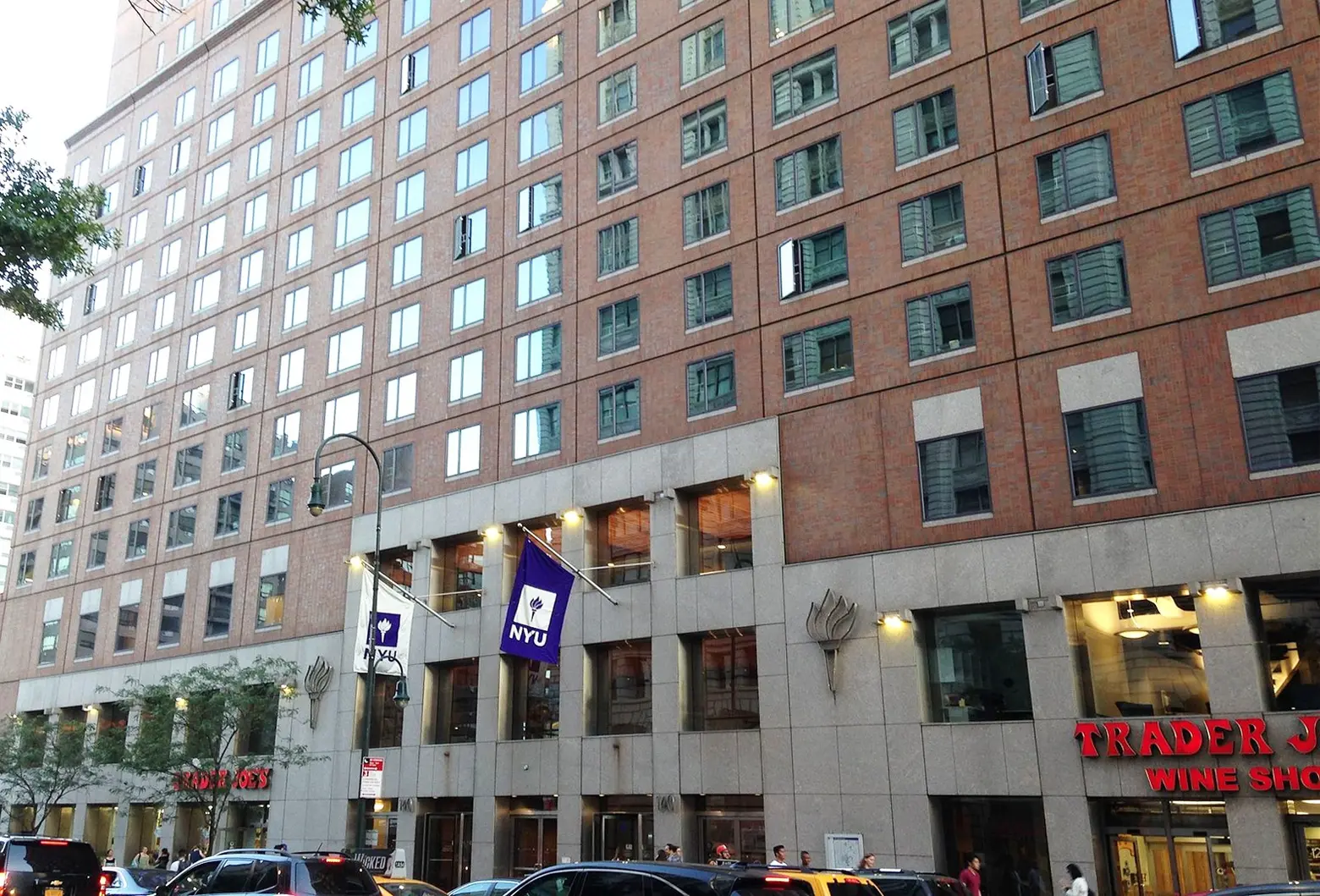 NYU’s Palladium dorm, via Wiki Commons
NYU’s Palladium dorm, via Wiki Commons
Sadly, the Palladium itself did not achieve similar immortality. Housed in a building designed in 1927 by famed theater architect Thomas Lamb, it was demolished in 1997 to make way for NYU’s 1,000-bed dorm, which they also call the Palladium.
+++
This post comes from the Greenwich Village Society for Historic Preservation. Since 1980, GVSHP has been the community’s leading advocate for preserving the cultural and architectural heritage of Greenwich Village, the East Village, and Noho, working to prevent inappropriate development, expand landmark protection, and create programming for adults and children that promotes these neighborhoods’ unique historic features. Read more history pieces on their blog Off the Grid.

